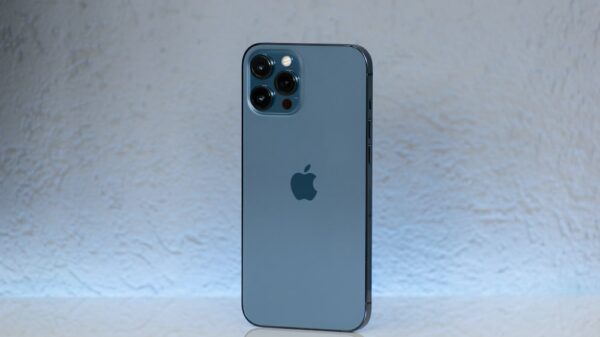Creating your own Tinder clone app can be a lucrative venture in the ever-growing dating app market. However, building a successful app requires more than just copying Tinder’s features. It involves a strategic approach that balances technical excellence with a deep understanding of user needs and market trends. In this guide, we will walk you through the six essential steps to launching your own Tinder clone app, from initial concept to post-launch maintenance. By following these steps, you can develop a compelling and competitive dating app that stands out in a crowded marketplace.
Market Research and Conceptualization
Begin by conducting extensive market research to understand the current landscape of dating apps. Analyze competitors, identify gaps in the market, and determine unique value propositions that can set your app apart. Develop a clear concept and define your target audience, essential features, and monetization strategies. This phase involves creating user personas, mapping out user journeys, and envisioning the app’s overall functionality and design.
Technical Planning and Selection of Technology Stack
Technical planning is critical for ensuring the app’s scalability and performance. Choose a suitable technology stack that aligns with your app’s requirements. For backend development, options such as Node.js, Ruby on Rails, or Python with Django are viable. For the front end, React Native or Flutter can be used to build a cross-platform application. Decide on database management systems, cloud services, and third-party integrations, such as chat functionalities, geolocation services, and payment gateways.
UI/UX Design
The user interface and experience are pivotal in attracting and retaining users. Engage professional UI/UX designers to create intuitive, visually appealing, and user-friendly designs. Develop wireframes and prototypes to visualize the app’s layout and navigation flow. Ensure the design is responsive and adheres to best practices in mobile app usability, ensuring a seamless experience across different devices and screen sizes.
Development and Testing
Commence the development phase by setting up a robust development environment and project management tools. Employ Agile methodologies to manage the development process, enabling iterative testing and improvements. Focus on developing core features such as user authentication, profile creation, match algorithms, and messaging systems. Concurrently, implement comprehensive testing protocols including unit tests, integration tests, and user acceptance testing (UAT) to identify and rectify bugs and ensure the app functions smoothly.
Deployment and Launch Strategy
Prepare for deployment by configuring your app for both iOS and Android platforms. Adhere to the respective app store guidelines to ensure a smooth submission process. Develop a launch strategy that includes pre-launch marketing campaigns, press releases, and social media promotions to generate buzz and attract initial users. Additionally, set up analytics tools to monitor app performance, user engagement, and retention metrics post-launch.
Post-Launch Maintenance and Updates
Post-launch, the focus shifts to app maintenance and iterative updates. Monitor user feedback and app performance analytics to identify areas for improvement. Regularly release updates that introduce new features, enhance existing functionalities, and address any issues that arise. Engage with your user community to foster loyalty and adapt to evolving market trends. Continuously optimizing the app based on user insights and technological advancements is crucial for sustained success.
Conclusion
Launching your own Tinder clone app is a complex but rewarding endeavor. By following these six essential steps—market research and conceptualization, technical planning, UI/UX design, development and testing, deployment and launch strategy, and post-launch maintenance—you can create a robust and competitive dating app. Each step is crucial for ensuring that your app not only attracts users but also keeps them engaged and satisfied. With careful planning, diligent execution, and continuous improvement, your Tinder clone app can carve out its niche in the dating app market, offering users a unique and valuable experience.




















































































































































































